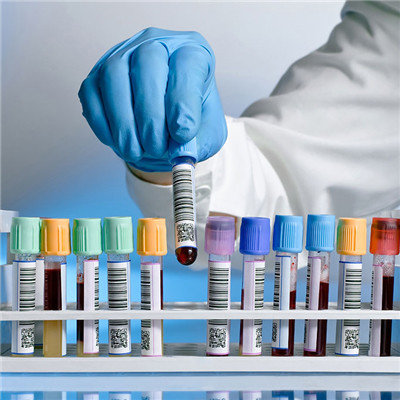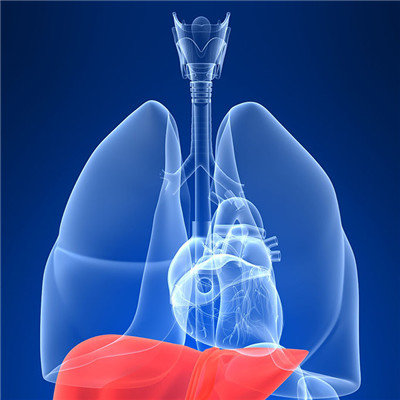Symptoms of type B lymphocarcinoma?
summary
Lymphoma is a malignant tumor originated from the lymphoid hematopoietic system. It is mainly manifested as painless lymphadenopathy, hepatosplenomegaly, involvement of all tissues and organs, accompanied by fever, night sweats, emaciation, pruritus and other systemic symptoms. Symptoms of type B lymphocarcinoma? Let's talk about it
Symptoms of type B lymphocarcinoma?
Malignant lymphoma is a large class of tumors with considerable heterogeneity. Although it is prone to occur in lymph nodes, due to the distribution characteristics of the lymphatic system, lymphoma is a systemic disease, which can invade almost any tissues and organs of the body. Therefore, the clinical manifestations of malignant lymphoma not only have some common characteristics, but also have great differences according to different pathological types, invasion sites and ranges.

Local manifestations include swelling of superficial and deep lymph nodes, most of which are painless, smooth and active. The touch is tough, full and even. In the early stage, it is active, isolated or scattered in the neck, armpit and groin. In the late stage, it is fused with each other, adherent to the skin, inactive or ulcerated; The mucosa and submucosa of oropharynx, tongue base, tonsil and nasopharynx are rich in lymphoid tissue, which constitute the pharyngeal lymphoid ring, also known as Wechsler's ring; The majority of primary nasal lymphoma was NHL. The main pathological types included nasal NK / T cell lymphoma and diffuse large B cell lymphoma; Mediastinal lymph nodes with thoracic lesions are the most common sites of malignant lymphoma, mainly in primary mediastinal diffuse large B-cell lymphoma and precursor T-cell lymphoma in HL and NHL. The chest X-ray film showed round or quasi round or lobulated shadows. The progress of the lesions could compress the bronchus and cause atelectasis. Sometimes the central tumor necrosis formed a cavity. Some lung lesions show diffuse interstitial changes. At this time, the clinical symptoms are obvious, such as cough, expectoration, shortness of breath, dyspnea, secondary infection and fever; Malignant lymphoma may invade the myocardium and pericardium, presenting as pericardial effusion. Lymphoma may invade the myocardium, presenting as myocardial lesion, arrhythmia, abnormal ECG, etc; The spleen is the most common subphrenic site in HL. Gastrointestinal tract is the most common extranodal lesion in NHL. Mesentery, retroperitoneum and iliac fossa lymph nodes were also common sites of lymphoma invasion; The skin manifestations of malignant lymphoma can be primary or secondary skin invasion, more common in NHL; The bone marrow invasion of bone marrow malignant lymphoma is characterized by bone marrow invasion or leukemia, which is one of the late manifestations of the disease, most of which are NHL; Neurological manifestations: such as progressive multifocal leukoencephalopathy, subacute necrotizing myelopathy, sensory or motor peripheral neuropathy and multiple myopathy. Malignant lymphoma can also be primary or secondary to brain, extra dural, testis, ovary, vagina, cervix, breast, thyroid, adrenal gland, retrobulbar tissue, larynx, bone and muscle soft tissue, etc.

In the diagnosis of malignant lymphoma, 10% - 20% of patients may have anemia, some patients may have leukocyte count, thrombocytosis, rapid ESR, some patients may have leukemoid reaction, neutrophils increased significantly. The increase of LDH is related to tumor load. Some patients, especially advanced patients, showed abnormal immune function. In B-cell NHL, there were different levels of monoclonal immunoglobulin in the serum of some patients.

matters needing attention
The diet of the patients was light during the treatment; During chemotherapy, the intake of protein and sugar should be increased appropriately, such as eating more lean pork, beef, chicken, fish, etc; Eat more fresh vegetables and fruits, such as cabbage, Chinese cabbage, watermelon, kiwi, apple, pear, strawberry, etc., and eat more bean products, such as tofu, soybean milk, soybean sprouts, etc; Eat more foods containing vitamin C, such as orange, etc.














